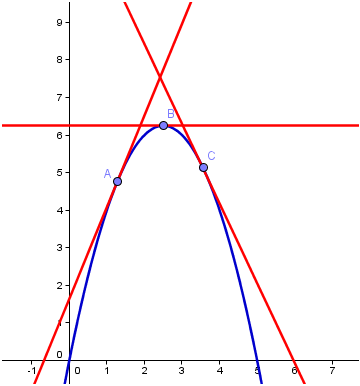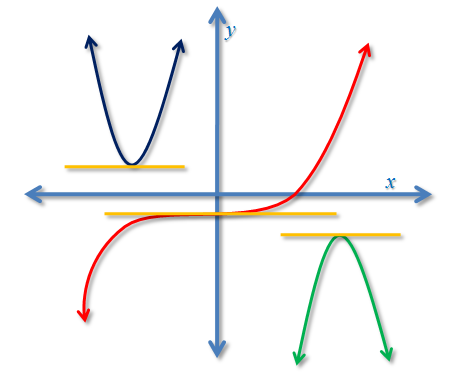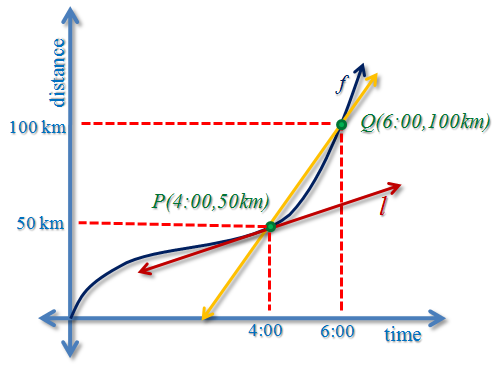Free Geometry and Topology Ebooks
Below are free Geometry and Topology ebooks. Most of these books are in PDF format. Some of the links point to a website containing the ebooks, while some directly links to the pdf files. All of these ebooks are downloadable and free.
- A Text-Book of Geometry by G. A. Wentworth
- CK-12 Geometry by V. Cifarelli, A. Gloag, D. Greenberg, J. Sconyers, B.
- Geometry for Elementary School by Wikibooks
- The Elements by Euclid
College Geometry and Beyond
- A First Course in Topology: Continuity and Dimension by John McCleary
- A Tour of Triangle Geometry by Paul Yiu
- Algebraic and Geometric Topology by Andrew Ranicki, Norman Levitt, Frank Quinn
- Algebraic Curves: an Introduction to Algebraic Geometry by William Fulton
- Algebraic geometry and projective differential geometry by Joseph M. Landsberg
- Algebraic Geometry by J.S. Milne
- An Introduction to Differentiable Manifolds and Riemannian Geometry by William M. Boothby
- An Introduction to Riemannian Geometry by Sigmundur Gudmundsson
- Classical Geometry by Danny Calegari
- Computational Geometry
- Course of Differential Geometry by Ruslan Sharipov
- Elementary Topology O. Ya. Viro, O. A. Ivanov, N. Yu. Netsvetaev, V. M. Kharlamov
- Fractal Geometry by Michael Frame, Benoit Mandelbrot, Nial Neger
- Fundamentals of Geometry by Oleg A. Belyaev
- Geometric Asymptotics
- Geometry and Billiards by Serge Tabachnikov
- Geometry and Group Theory
- Geometry and Quantum Field Theory by Pavel Etingof
- Geometry Formulas and Facts by Silvio Levy
- Geometry study guide
- Geometry of Surfaces Nigel Hitchin
- Geometry of the Sphere by John C. Polking
- Geometry, Topology, Geometric Modeling by Jean Gallier
- Geometry Unbound Kiran S. Kedlaya
- Intrinsic Geometry of Surfaces by A. D. Aleksandrov and V. A. Zalgaller
- Introduction to Symplectic and Hamiltonian Geometry by Ana Cannas da Silva
- Natural Operations in Differential Geometry Ivan Kolar, Peter W. Michor, Jan Slovak
- Non-Euclidean Geometry by Henry Manning
- Open Problems in Topology by Jan Van Mill, George M. Reed
- Projective and Polar Spaces by Peter J. Cameron
- Projective Differential Geometry Old and New by V. Ovsienko, S. Tabachnikov
- Projective Geometry by Nigel Hitchin
- Riemann surfaces, dynamics and geometry Course Notes
- The Eightfold Way: The Beauty of Klein’s Quartic Curve editedy by Silvio Levy
- The Foundations of Geometry by David Hilbert
- The Geometry and Topology of Three-Manifolds William P Thurston
- The Geometry of Iterated Loop Spaces by J. P. May
- Topics in Finite Geometry: Ovals, Ovoids and Generalized Quadrangles by S. E. Payne
- Topology and Geometry for Physics by H. Eschrig
- Topology Without Tears by Sydney A. Morris
You may also want to view my list of Free Algebra and Free Calculus ebooks.





